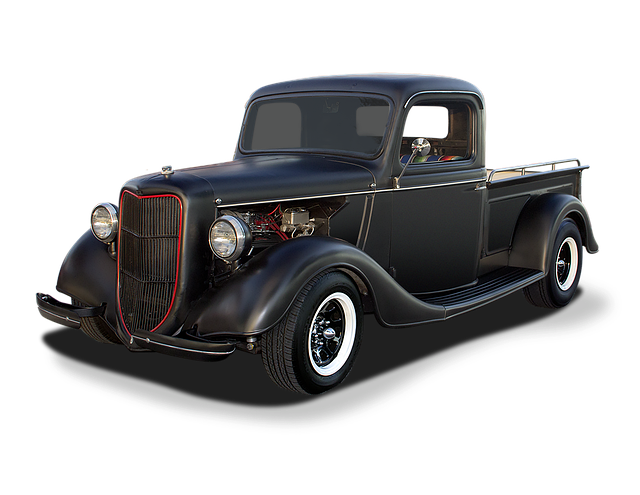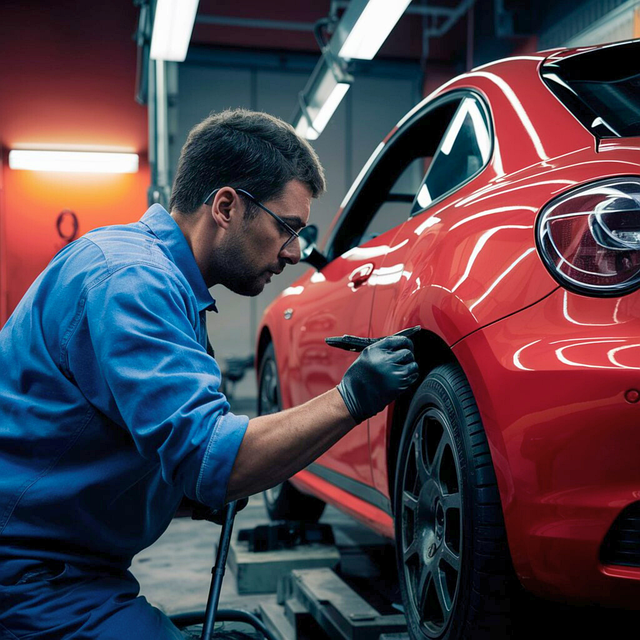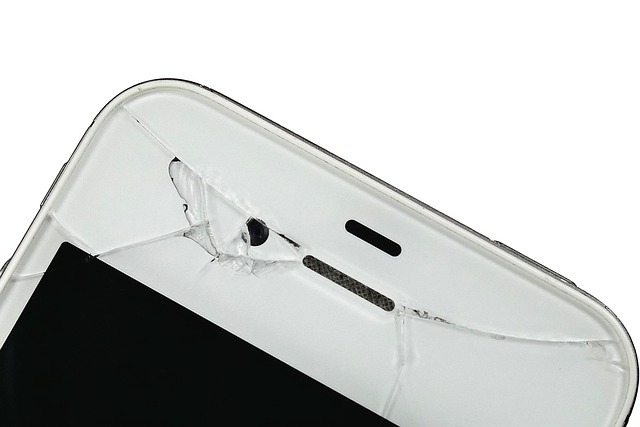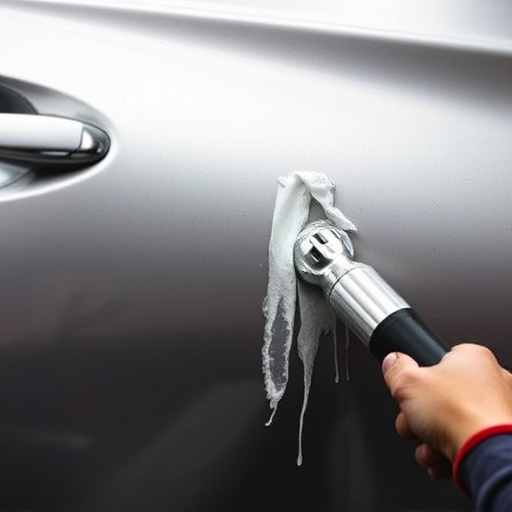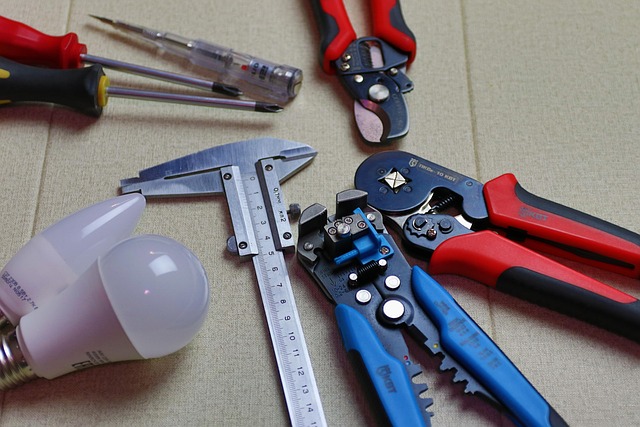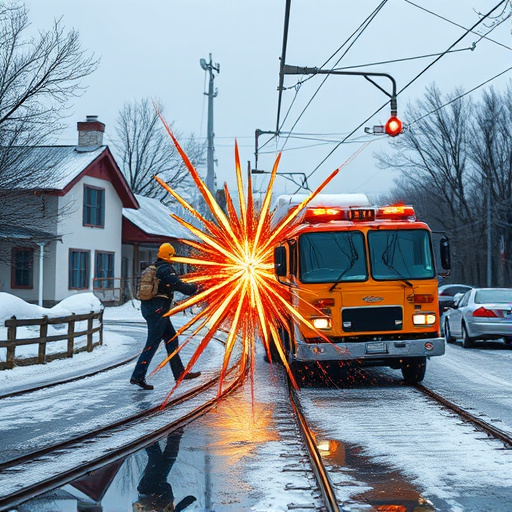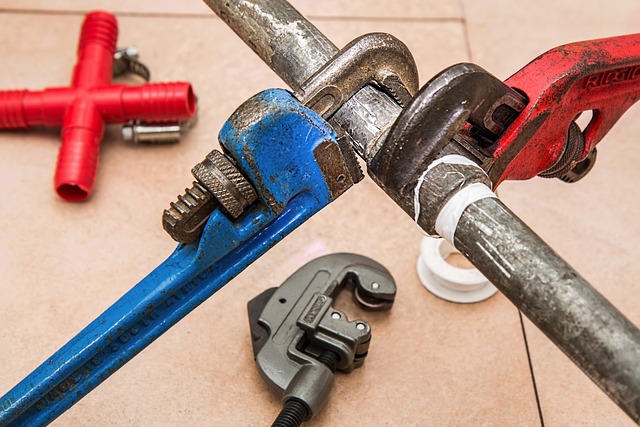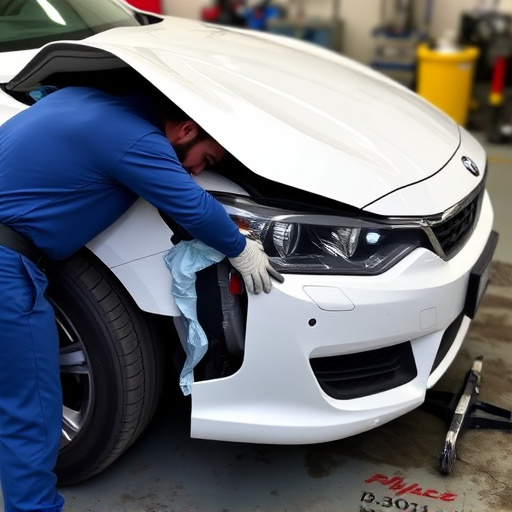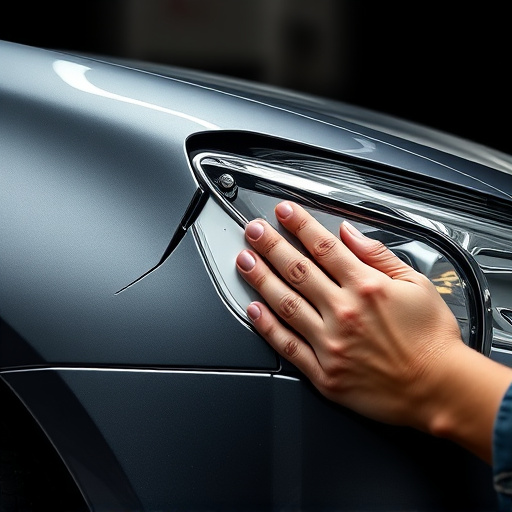Selecting the appropriate dent repair techniques tools is paramount for achieving quality results and customer satisfaction. The severity of damage, desired outcome, and user expertise guide tool choices, ranging from simple prying devices to advanced hydraulic presses. Skilled technicians invest in quality toolsets that streamline repairs, minimize damage risk, and differentiate professional services from potential DIY failures.
In the realm of automotive aesthetics, dent repair techniques are an art form that demands precision and the right tools. This article explores the common tools used by experts to restore vehicles’ flawless surfaces. From choosing the ideal instruments for various tasks to delving into advanced techniques and futuristic technologies, each section uncovers critical aspects of dent repair. Discover the brands, methods, and innovations that are revolutionizing this field, ensuring both effectiveness and efficiency in achieving impeccable results.
- Choosing the Right Tools for Dent Repair
- – Importance of using appropriate tools
- – Factors to consider when selecting dent repair tools
Choosing the Right Tools for Dent Repair

Selecting the appropriate tools is a cornerstone of effective dent repair techniques. It’s crucial to consider both the type and condition of the damage when choosing from a variety of options available in collision repair shops. Tools range from simple hand tools like hammers, picks, and clamps, to more advanced machinery such as pneumatic driers, impact wrenches, and laser measurements systems.
The right toolset ensures precise and efficient vehicle bodywork repairs. Collision repair services that prioritize investment in quality tools can deliver superior results, enhancing customer satisfaction. In the world of dent repair, having the wrong tool can lead to incomplete fixes or even further damage, underscoring the importance of selecting the best fit for each specific task.
– Importance of using appropriate tools
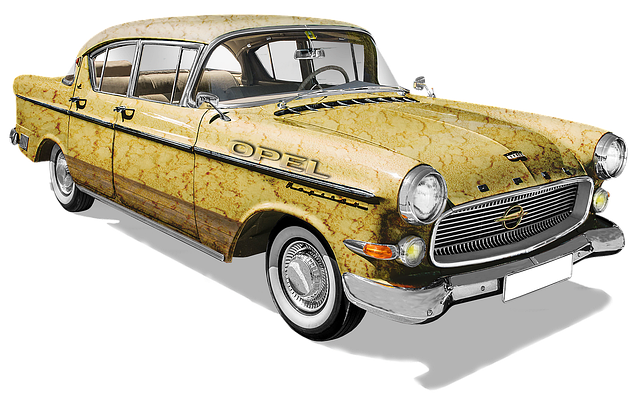
Using the right tools is paramount in dent repair techniques, as it ensures precise and effective results. Skilled technicians rely on a variety of specialized equipment tailored to different auto collision repair scenarios, from minor dents to extensive auto body repairs. Each tool serves a unique purpose, allowing for meticulous adjustments and accurate measurements crucial for seamless auto frame repairs.
Choosing the appropriate tools for dent repair not only streamlines the process but also minimizes damage risk. Professional technicians utilize everything from handheld air compressors and precision hammers to advanced computer-aided design (CAD) software, enabling them to navigate complex auto body repair challenges with ease. This investment in quality tools is a key differentiator between professional, efficient auto collision repair services and less reliable, potentially damaging DIY attempts.
– Factors to consider when selecting dent repair tools
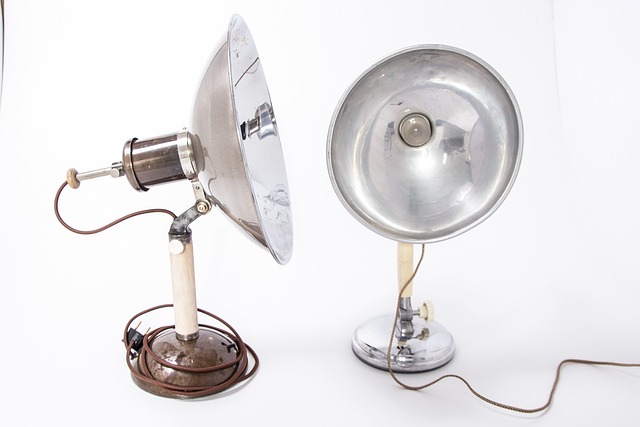
When selecting tools for dent repair techniques, several key factors come into play. First and foremost, consider the extent and type of car damage repair needed—whether it’s a minor dent or more complex auto body work. Different tools are designed to handle varying levels of vehicle paint repair, from simple prying and pulling devices for shallow dents to advanced hydraulic presses for deeper, more intricate auto body work. The choice should align with the desired outcome, ensuring precision and effectiveness in fixing car damage.
Additionally, the user’s skill level and the availability of training or experience are essential considerations. For beginners or those new to dent repair techniques, versatile tools that offer a range of functionalities might be more suitable. These multi-purpose devices can simplify complex repairs, making them easier to navigate. In contrast, professionals may opt for specialized equipment tailored to their specific vehicle paint repair needs, enabling them to deliver top-notch auto body work with precision and speed.
In conclusion, mastering dent repair techniques requires an investment in the right tools. By understanding the importance of suitable equipment and considering factors like quality, versatility, and ease of use, experts can ensure optimal results. Choosing the right tools for dent repair is not just about functionality; it’s about achieving precision, efficiency, and long-lasting repairs that satisfy customers.
